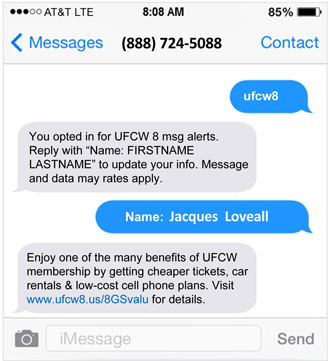Jan. 3, 2017 – When news hit last month that Albertsons Cos. is in advanced talks to acquire Price Chopper for approximately $1 billion — which would cement its status as the No. 2 grocer behind Kroger Co. — it wasn’t much of a surprise to anyone following the grocery industry.
After all, consolidation has been the name of the game in grocery for the better part of two years. Kroger recently acquired Roundy’s and is rumored to be buying hundreds of Walgreens stores in the next month; Albertsons merged with Safeway in 2015, and purchased a number of smaller family-run regional stores in recent years; and Dollar Tree acquired Family Dollar in 2015.
“We’ve seen a lot of consolidation in the grocery space over the last number of years and I expect we will see more of that, particularly in more of the mid-market,” Keith Daniels, a partner at Carl Marks Advisers, who has counseled clients on consolidation, told Food Dive. “There’s going to continue to be a constant pressure on cost and logistics and the evolution of technology, and with all those pressures combined, those mid-tiered grocery stores are going to need to be consolidated to stay competitive in the market place. That’s why we’ve seen an upswing of larger stores coming in and acquiring them.”
Consolidation is thought to be good for retailers and consumers alike. As large grocery companies increase their presence, analysts say many of them are reducing infrastructure costs, helping increase profitability, and passing along lower prices to customers.
Read more: http://www.fooddive.com/news/why-grocery-consolidation/432577/


